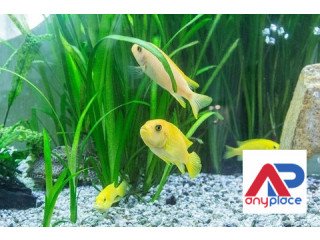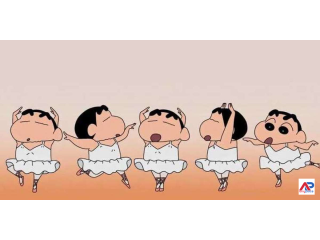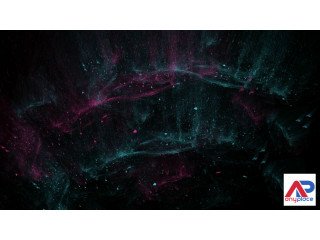How to Source and Select in a Natural and Sustainable Way: Royal Jelly Example
2022-04-07 08:21 Phones & Tablets Sahāranpur 452 views Reference: 862Location: Sahāranpur
Price: Contact us
How to Source and Select in a Natural and Sustainable Way: Royal Jelly Example
Manual harvesting is essential to ensure the best sourcing, while environmental sustainability and bee-friendly practices are fundamental to securing societal responsibility and transparency. Not all products on the market offer the same quality and characteristics and an easy way to determine the best product is its production method. ISO 12824:2016 specifies both the production and sanitary requirements for Royal Jelly. It also lays down a series of organoleptic and chemical test methods to control Royal Jelly quality.
10-hydroxy-2-decenoic acid, best known as 10-HDA, is the most famous and studied active ingredient of Royal Jelly. According to research, 10-HDA has immunomodulatory activity and antibacterial action. Nevertheless, 10-HDA content may be different across products, influenced by several parameters, especially during production, transport and storage process. Since 2016, ISO 12824 defines a minimum 10-HDA content of 1.4 g for 100 g of fresh Royal Jelly. This minimum content equals the quantity present in natural Royal Jelly. It is important to respect the nutritional balance of the product to benefit from its health properties
It is important to study test results for contaminants when it comes to choosing a Royal Jelly. It may be certified as organic if it meets set criteria from the European Commission—pollen, nectar and honey as a unique source of food for bees are essentials without pesticides, heavy metals and antibiotics. ISO 12824 distinguishes also two qualities of Royal Jelly, determined by the feeding practices for the worker bees. If they were exclusively fed with pollen, nectar or honey, the Royal Jelly is known as type 1. Using sugar syrups of proteins leads to a type 2 designation. For an organic product, choose a type 1 Royal Jelly. Determining type 1 is possible by analysing the data sheet: Royal Jelly type 1 presents a C13/C12 ratio of isotopes between -29 and -20. It has also regulated rates of sucrose (< 3 percent), erlose (< 0.5 percent), maltose (< 1.5 percent) and maltotriose (< 0.5 percent).
Use certifications as a way to demonstrate to consumers what you are doing. This is your chance to differentiate yourself with for the best traceability and supply chain insights.
Potential Health Benefits of Royal Jelly
Royal jelly is a gelatinous substance produced by honey bees to feed the queen bees and their young.
It’s frequently sold as a dietary supplement to treat a variety of physical ailments and chronic diseases.
While it has long been used in traditional medicine, its applications in Western medicine remain controversial.
Royal jelly is comprised of water, carbs, protein and fat.
The full chemical makeup of royal jelly is unknown, but its positive effects on health are thought to stem from its unique proteins and fatty acids (1, 2Trusted Source ).
These include nine glycoproteins collectively known as major royal jelly proteins (MRJPs) and two fatty acids, trans-10-Hydroxy-2-decenoic acid and 10-Hydroxydecanoic acid ( 2Trusted Source ).
Royal jelly also contains several B vitamins and trace minerals.
However, nutrient composition varies considerably between sources of royal jelly.
Royal jelly is widely claimed to reduce inflammation and oxidative stress.
In multiple test-tube and animal studies, specific amino acids, fatty acids and phenolic compounds found in royal jelly appear to have potent antioxidant effects ( 3Trusted Source ).














